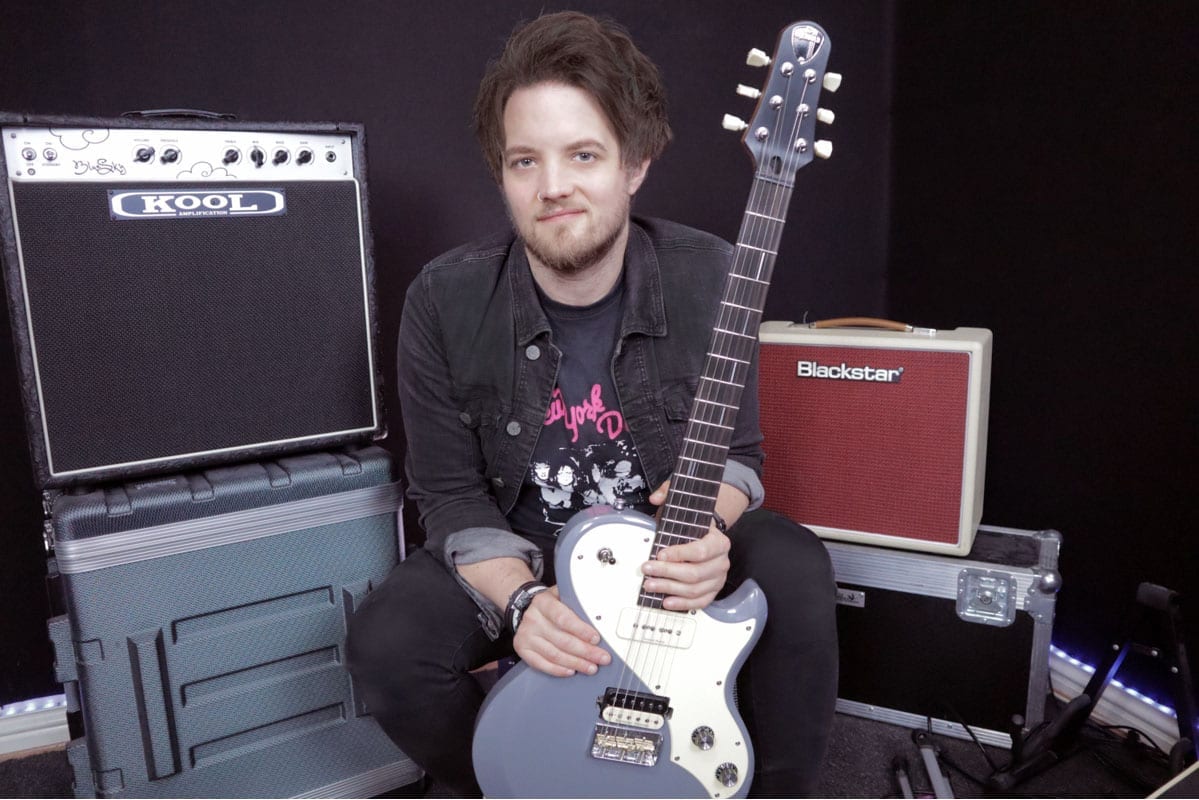"One thing she leans into a lot are songs based around a 1 4 5 progression": Learn the chord secrets behind Taylor Swift's songwriting success
Dissecting the hits songs of the biggest artist on the planet right now

Some people love Taylor Swift, some people… they don't get it or care to. But love her or hate the furore around her, it’s hard to deny the impact she is having on the world as an artist, and its heart are her songs.
Swift not only knows about writing a pop/country crossover mega-hit, but she is also influencing a new generation of budding musicians to get interested in and pick up instruments.
In this lesson we’re going to look at some common chords and chord progressions that Swift has used in some of her biggest hits.
If you’re already writing songs, or you’re looking to start, you can use these proven progressions and ideas in your own playing and songwriting. Check out the chords and progressions, as well as the video below.
Taylor Swift's go-to chords

For the most part, the chords featured in the majority of Taylor Swift’s biggest songs are pretty standard. This is great news for guitar players of all ability levels, because even if you’re a complete beginner, there is something you can learn from this.
Her songs, having a strong country influence, will feature a lot of strummed open chords. Inside some of her biggest hits you’ll find chords like:
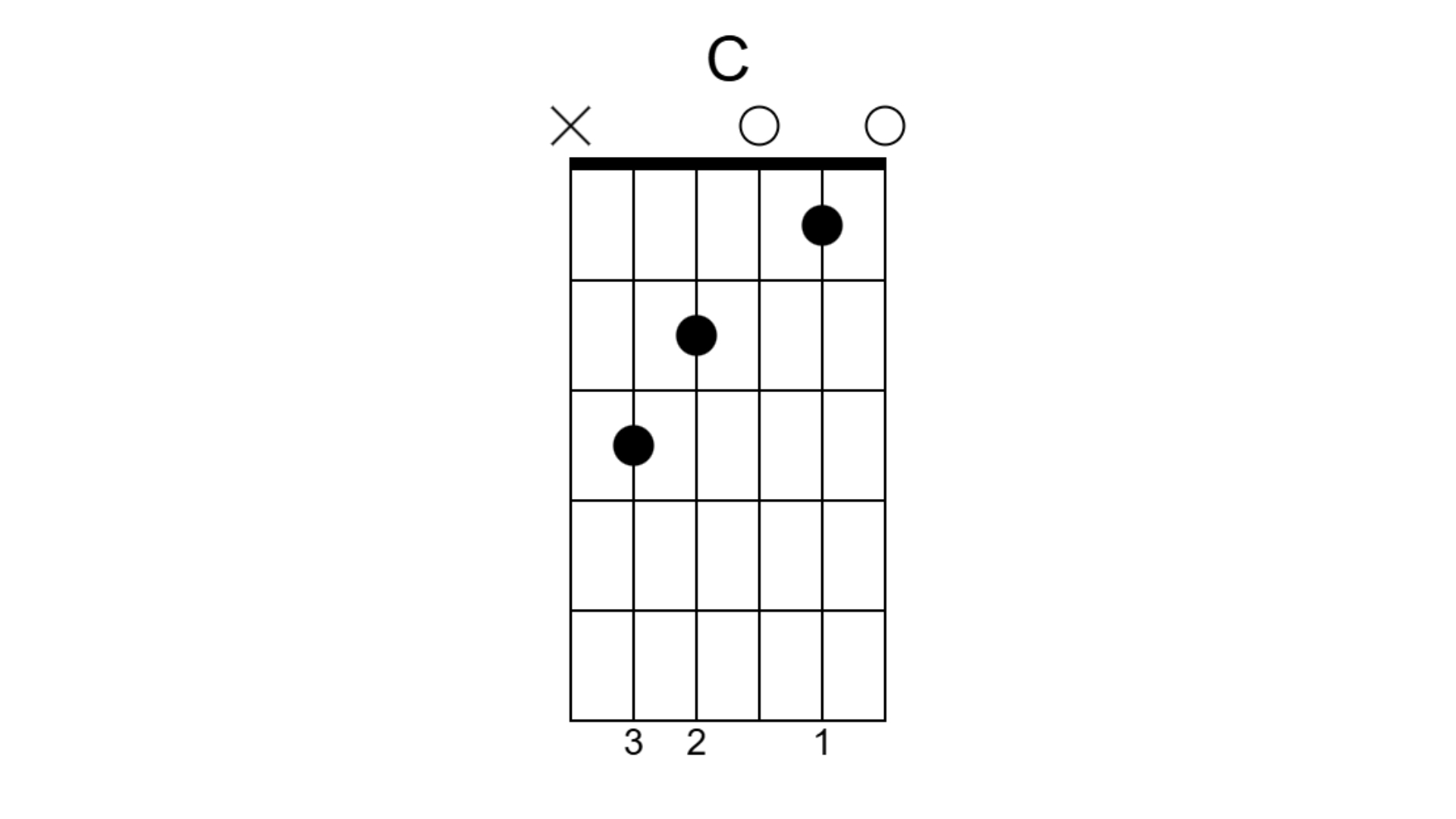
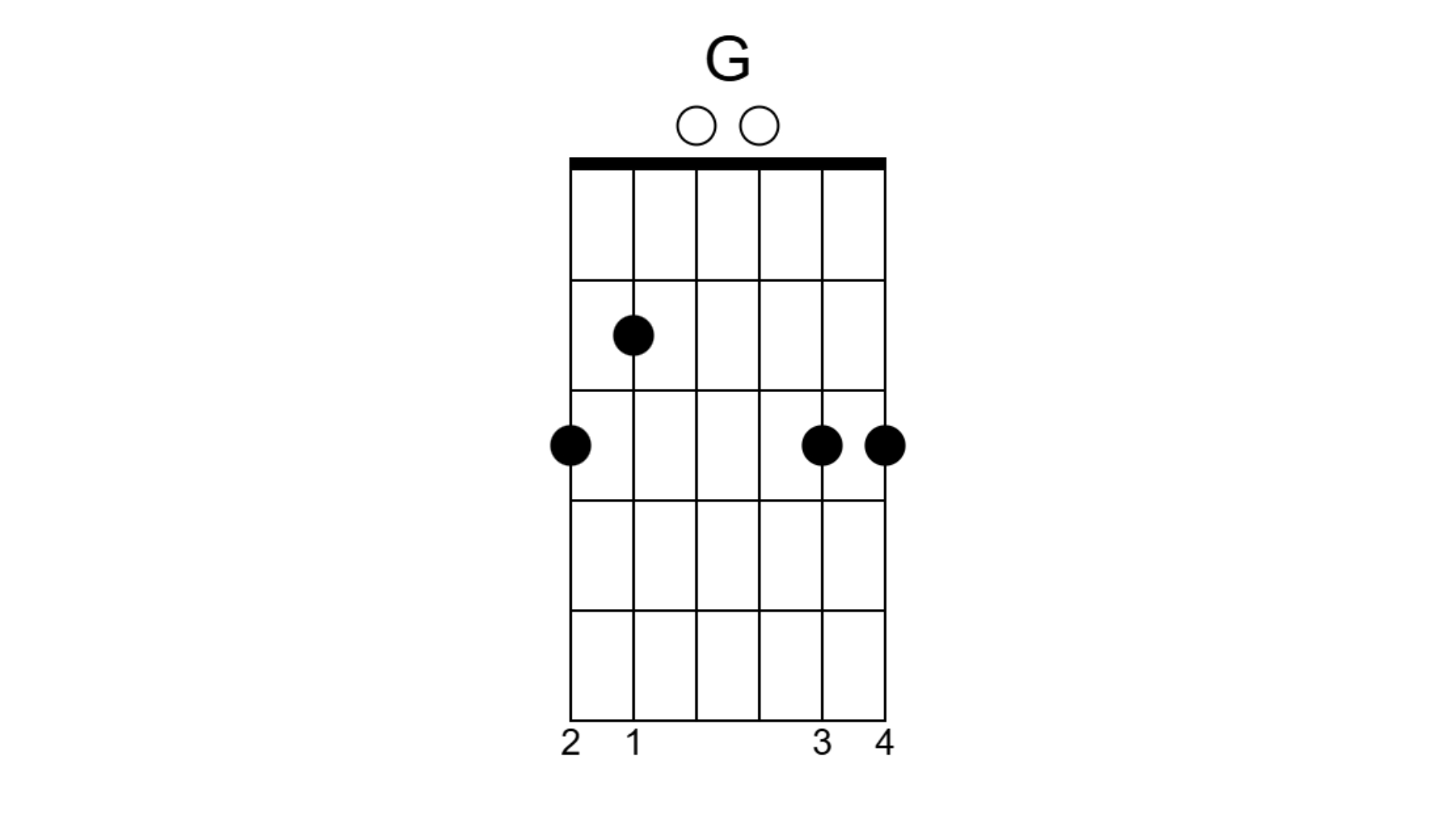
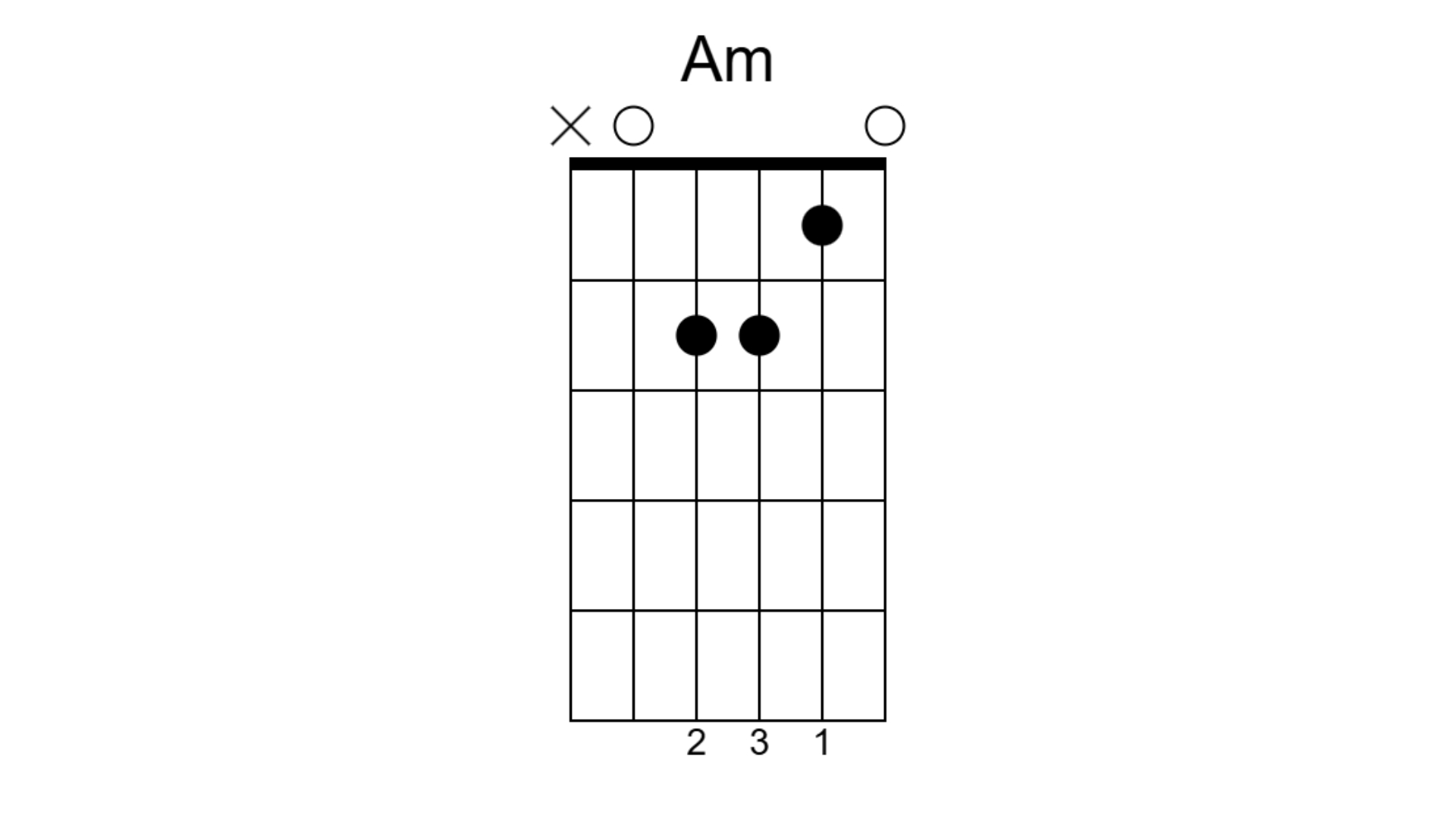
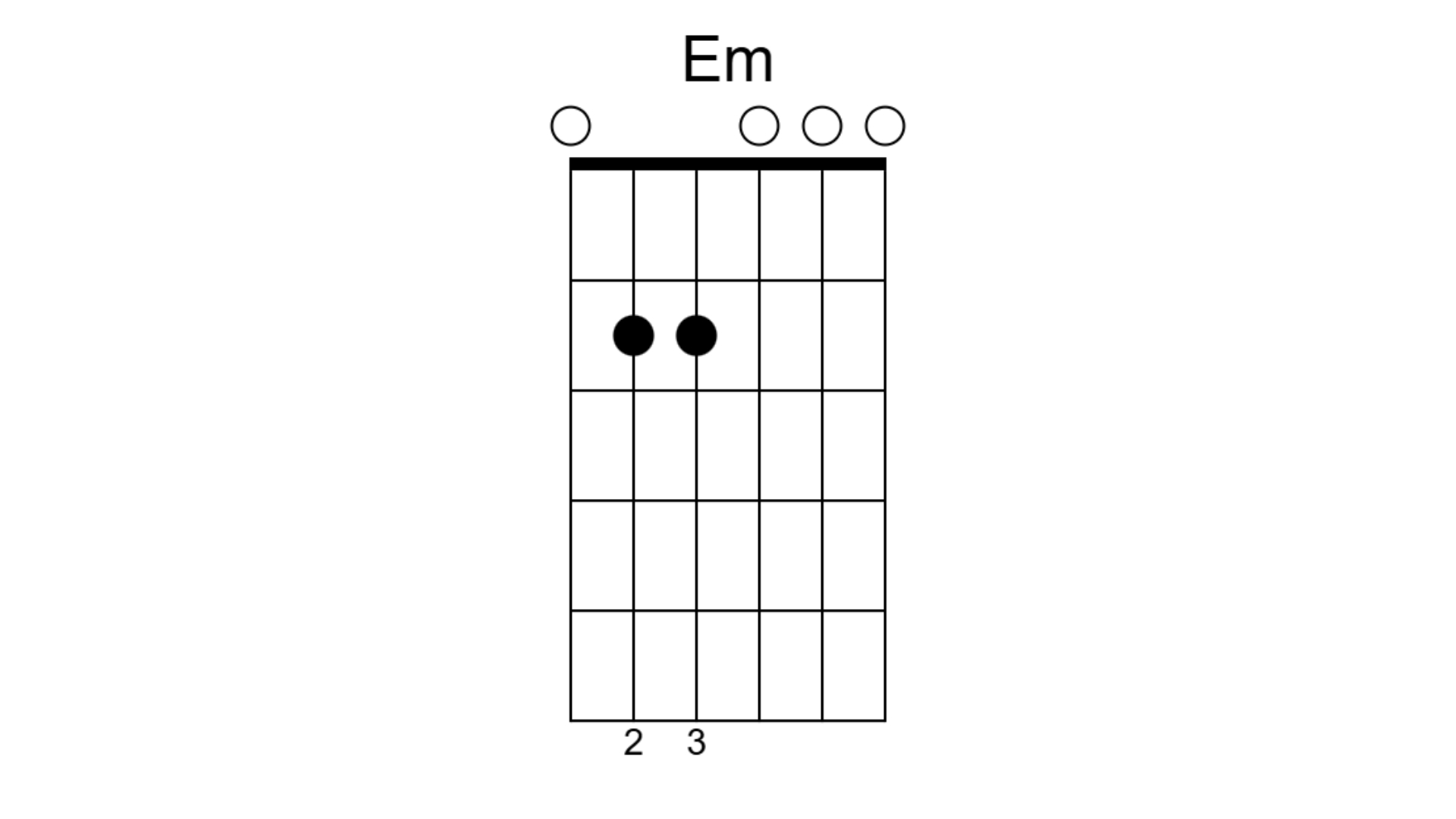
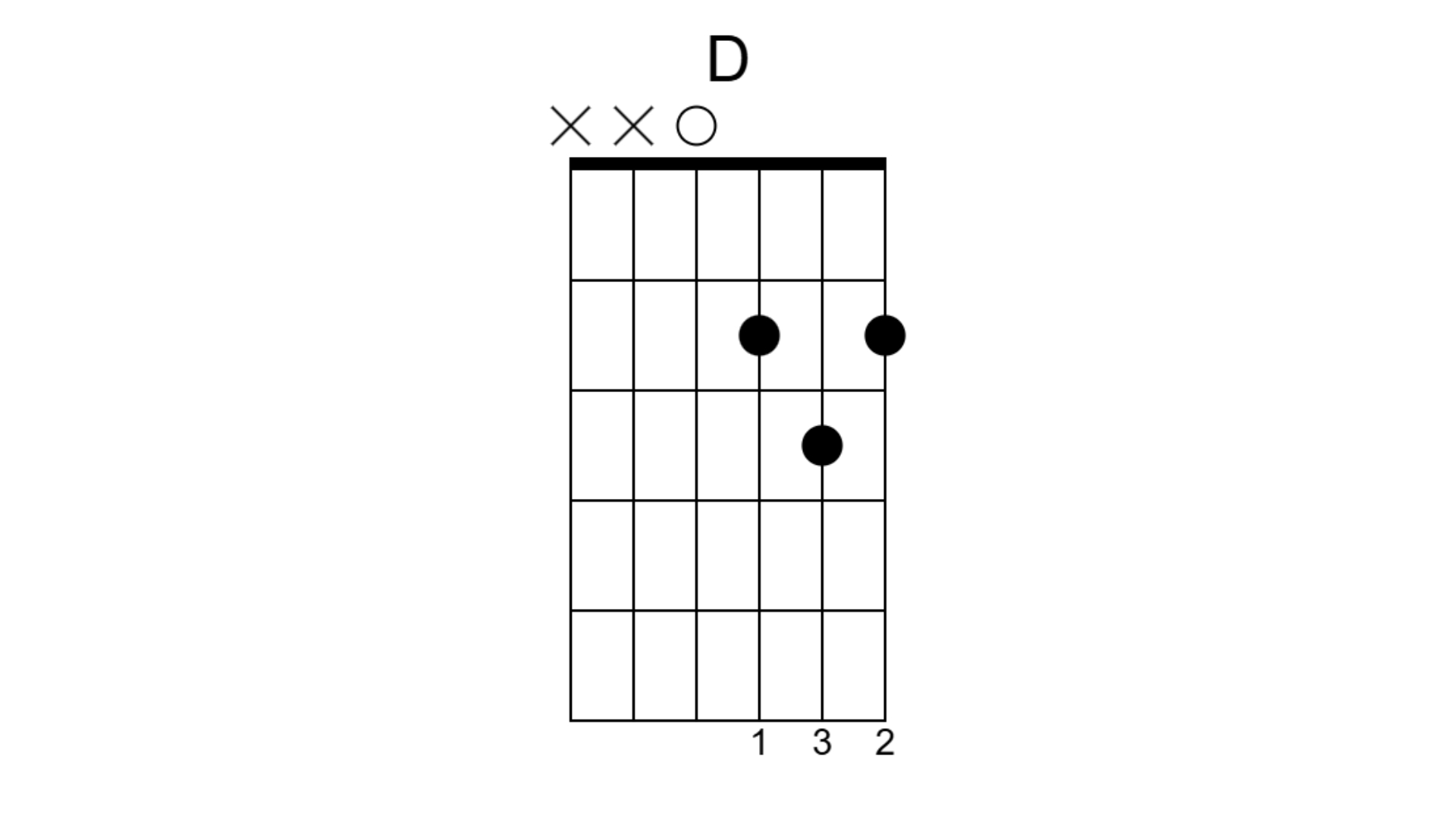
Alongside the usual open chords, you will find some barre chords including these:
Get the MusicRadar Newsletter
Want all the hottest music and gear news, reviews, deals, features and more, direct to your inbox? Sign up here.
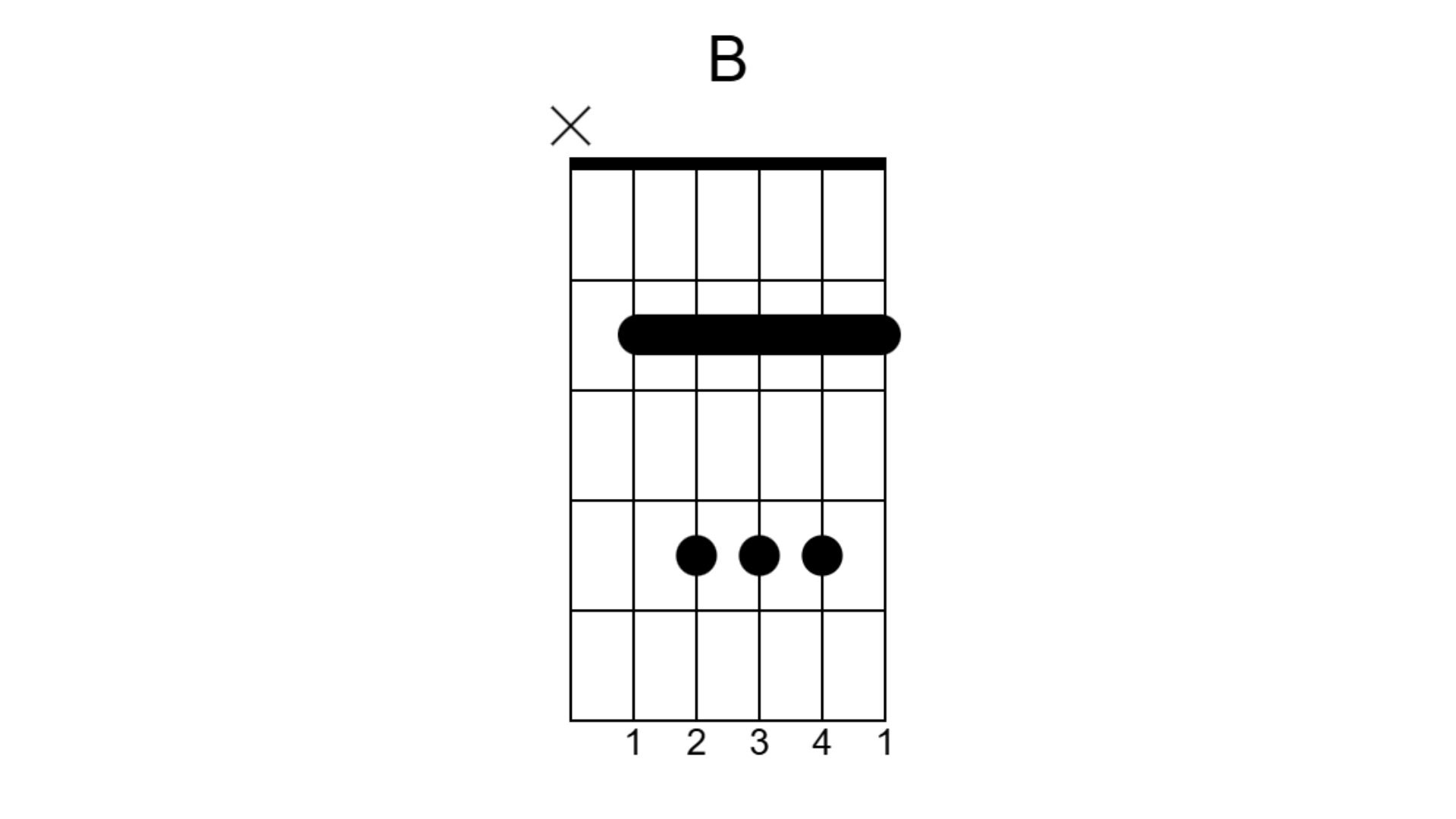
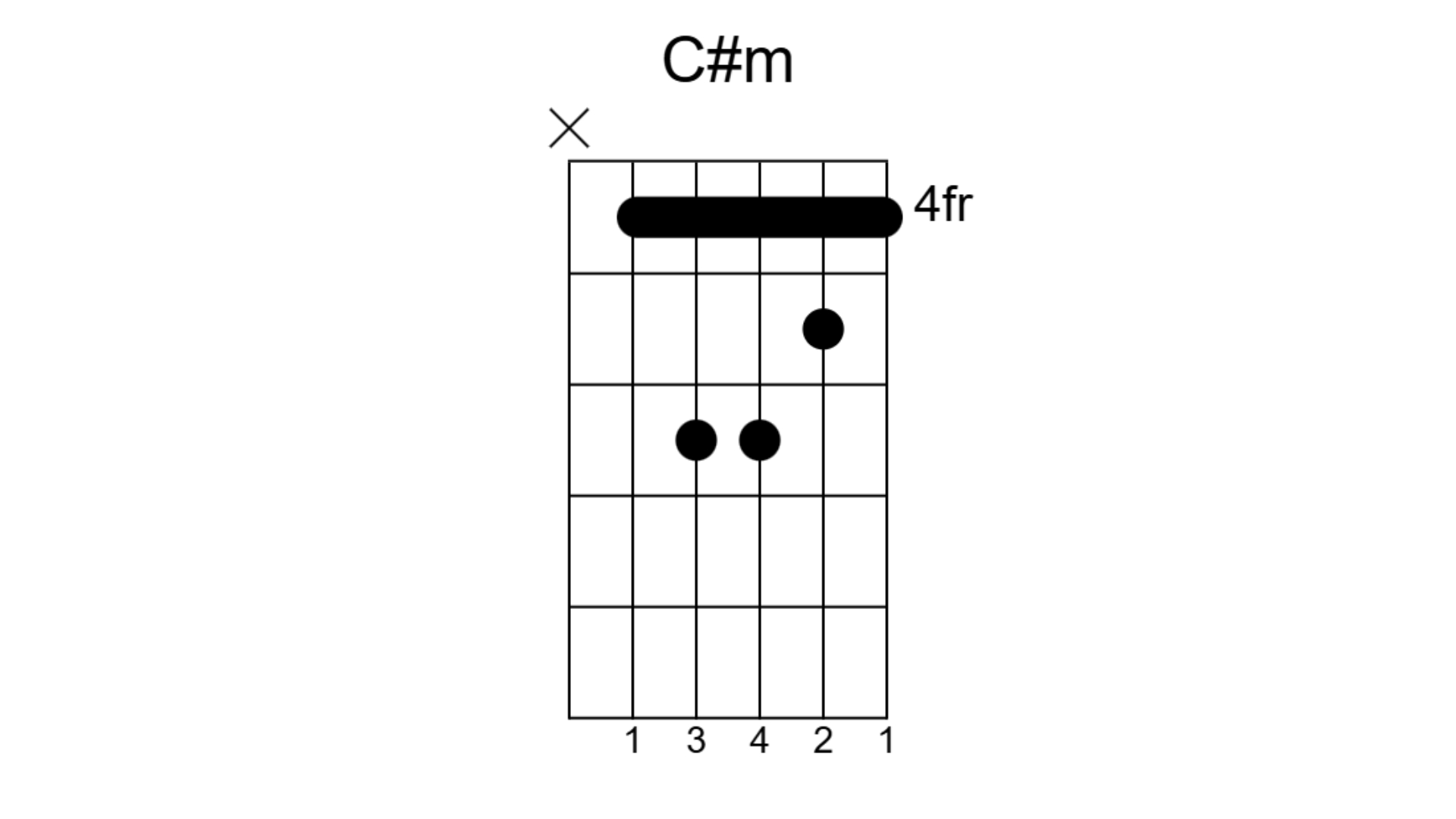
You won’t find a lot of chords with more complex voicings in many of her songs, but occasionally you will find some chords like add9 or sus4 chords. There are few used in this lesson:
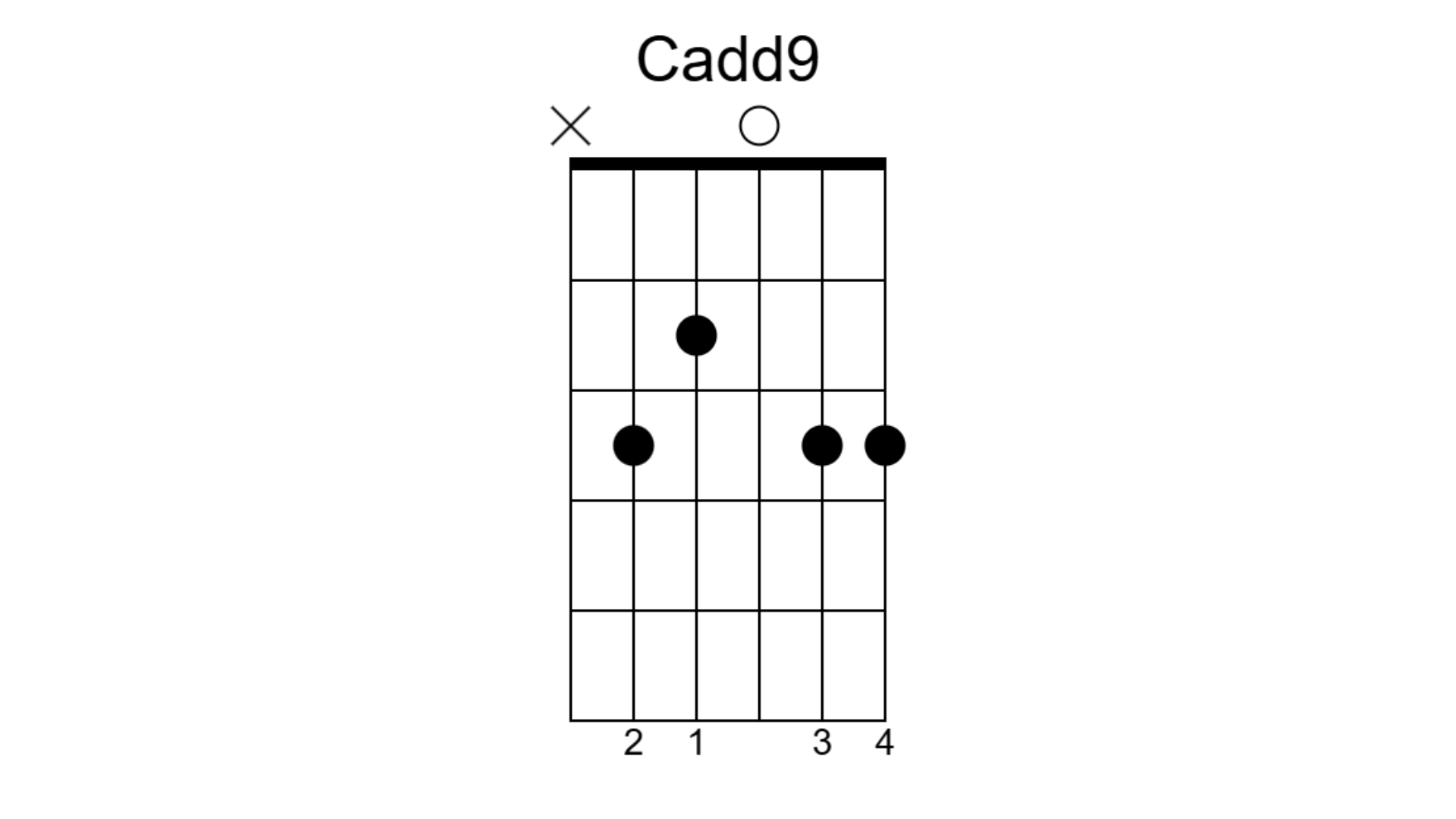
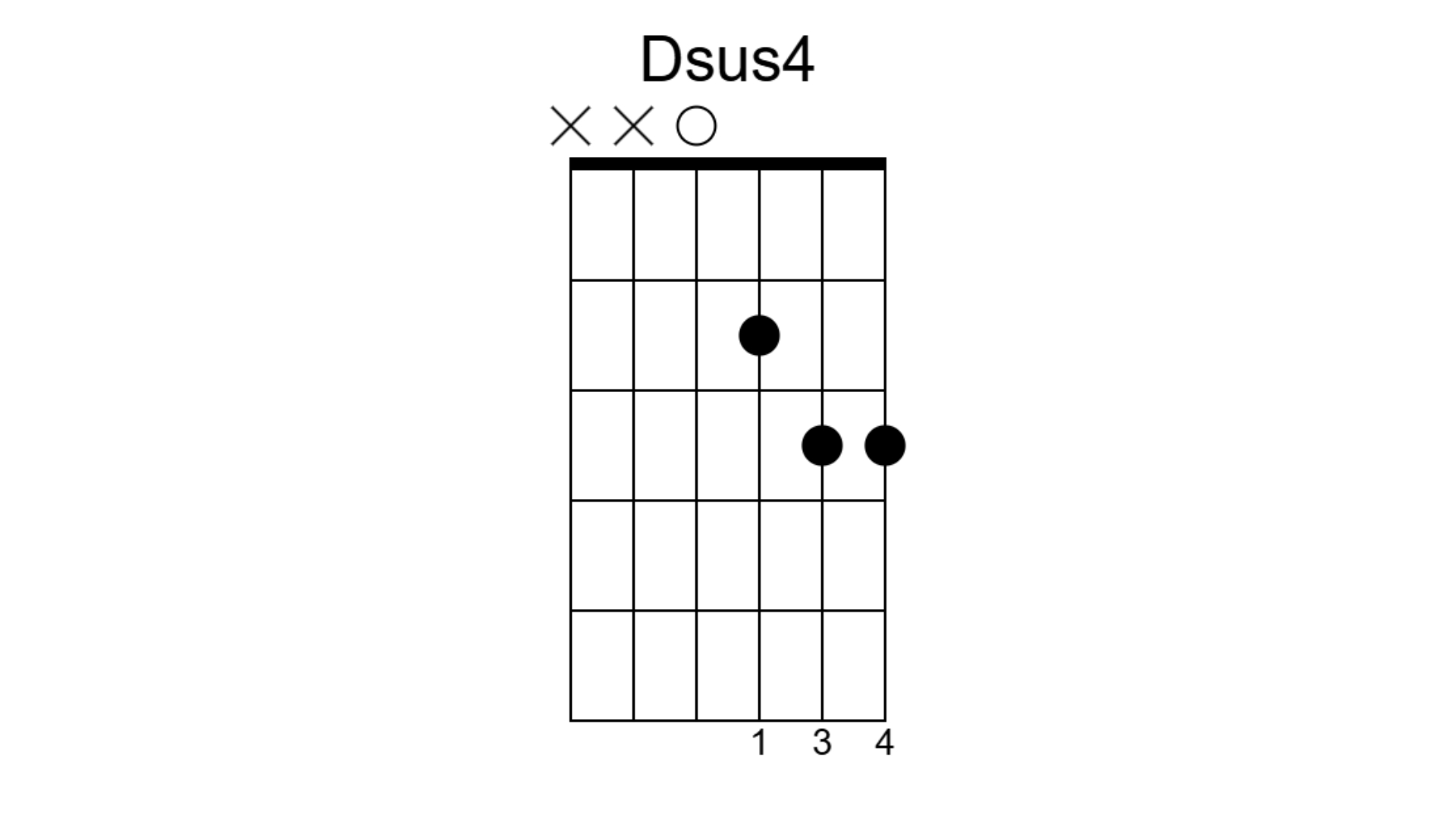
The chords listed here are not the only chords you’ll find in her songs, but as a general overview you’ll definitely need a good knowledge of all your regular open and barre chords, and then occasionally dropping into dom7, add9 or sus4 style chord extensions when the song calls for it.
Chord progressions and what they mean
One thing that sticks out is her use of very common progressions
The next step in songwriting is to put the chords together in a chord progression. You can either strum chords and random and see what sounds/feels good, or you can approach it with a little music theory knowledge to help you plan what you want to play.
When it comes to Taylor Swift’s approach to chord progressions, one thing that sticks out is her use of very common progressions. From a listener’s perspective, this means that some of her songs might have a familiar sound or feel to the listener, even if you’ve never heard it before.
As songwriters, this feeling of familiarity is a useful songwriting tool. If we can write a song that feels or sounds familiar to a listener, it can serve as a way to grab someone’s attention because they can instantly feel a connection to the song upon hearing it for the first time.
In this lesson all the chords will be coming from the major scale
We can utilise this with progressions of chords, or chord resolutions, that have been tried and tested in countless other big hits.
In this lesson all the chords will be coming from the major scale. Whatever key you are playing in, each note of the major scale for that key will have a different chord type associated with each note. The notes are given a numerical value known as intervals:
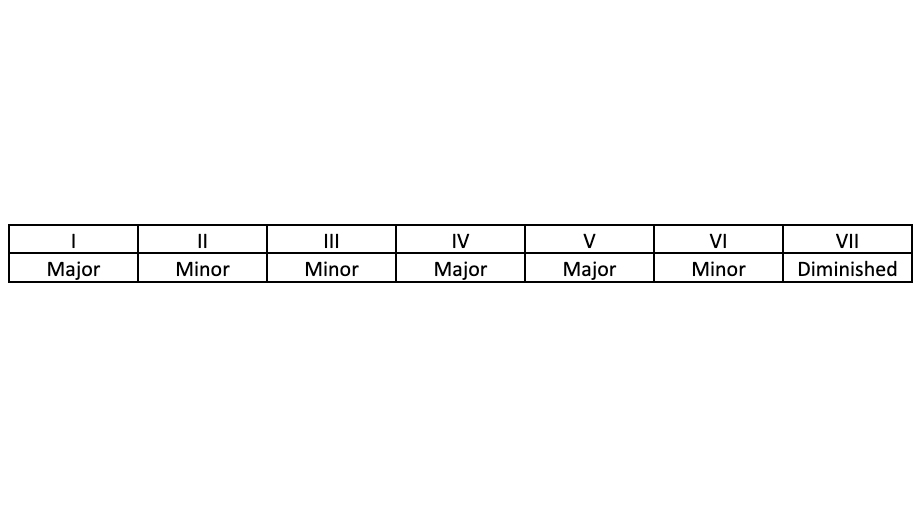
All the examples in this lesson are in the major key so we will be using this system.
One thing that Taylor Swift leans into a lot are songs based around a 1 4 5 progression. This is the chord progression that blues music is based around and it has also been used for country, classic rock and so much more.
The 1 4 5 progression is instantly familiar to our ears as it is one of the most common progressions in Western music.
In most of the examples in this lesson, those three chords will be found together along with an additional chord. In most of these songs, Taylor will have added a minor chord to contrast the major 1, 4 and 5 chords used.
As well as doing this, the order of the chords can also be changed up. This creates different feelings within the progression as you get different musical movements and resolutions between chords.
We Are Never Ever Getting Back Together – 4 1 5 6 progression
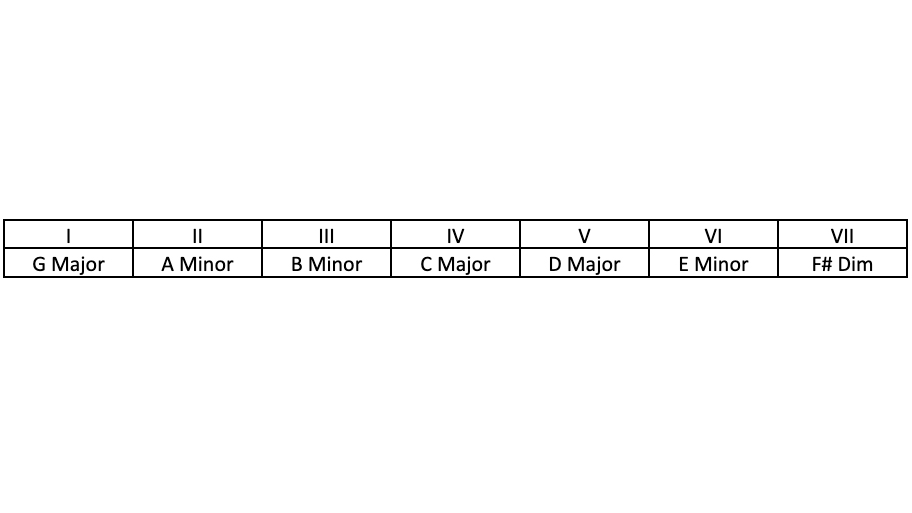
This song has the C chord substituted for a Cadd9 and the D substituted for a Dsus4. The chords are played in a 4 1 5 6 order:




The movement to the 5 chord is very common in rock and pop, we hear the 1 to 5 movement in so many songs
This progression starts with a movement from the 4 chord to the 1 and is a type of chord movement that is often found in Western worship music at the end of traditional hymns. This sort of movement can create an uplifting feeling inside a progression.
The movement to the 5 chord is very common in rock and pop, we hear the 1 to 5 movement in so many songs.
The contrast comes when the 6 chord comes in at the end which shifts the feeling a for a moment.
This chord progression is a great starting point if you want to write a song with an uplifting or anthemic feeling.
Anti-Hero – 4 1 5 6 progression
Anti-Hero actually follows the exact same progression as the previous song, but in the key of E.
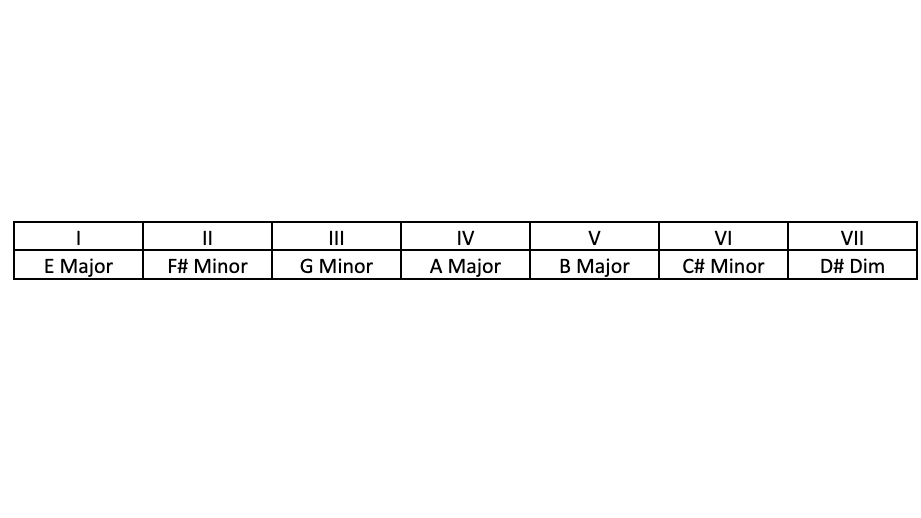
The chords used are:
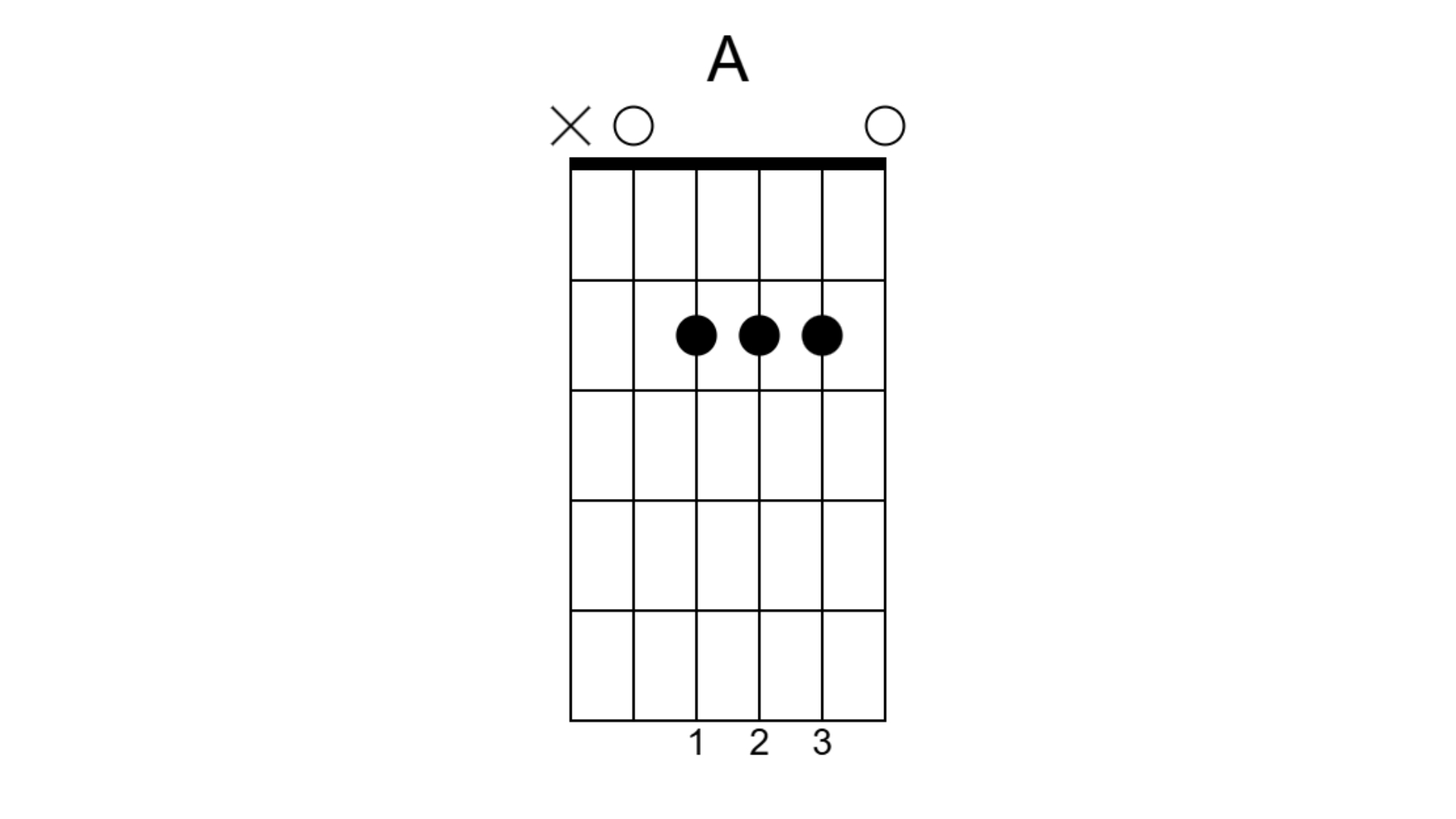
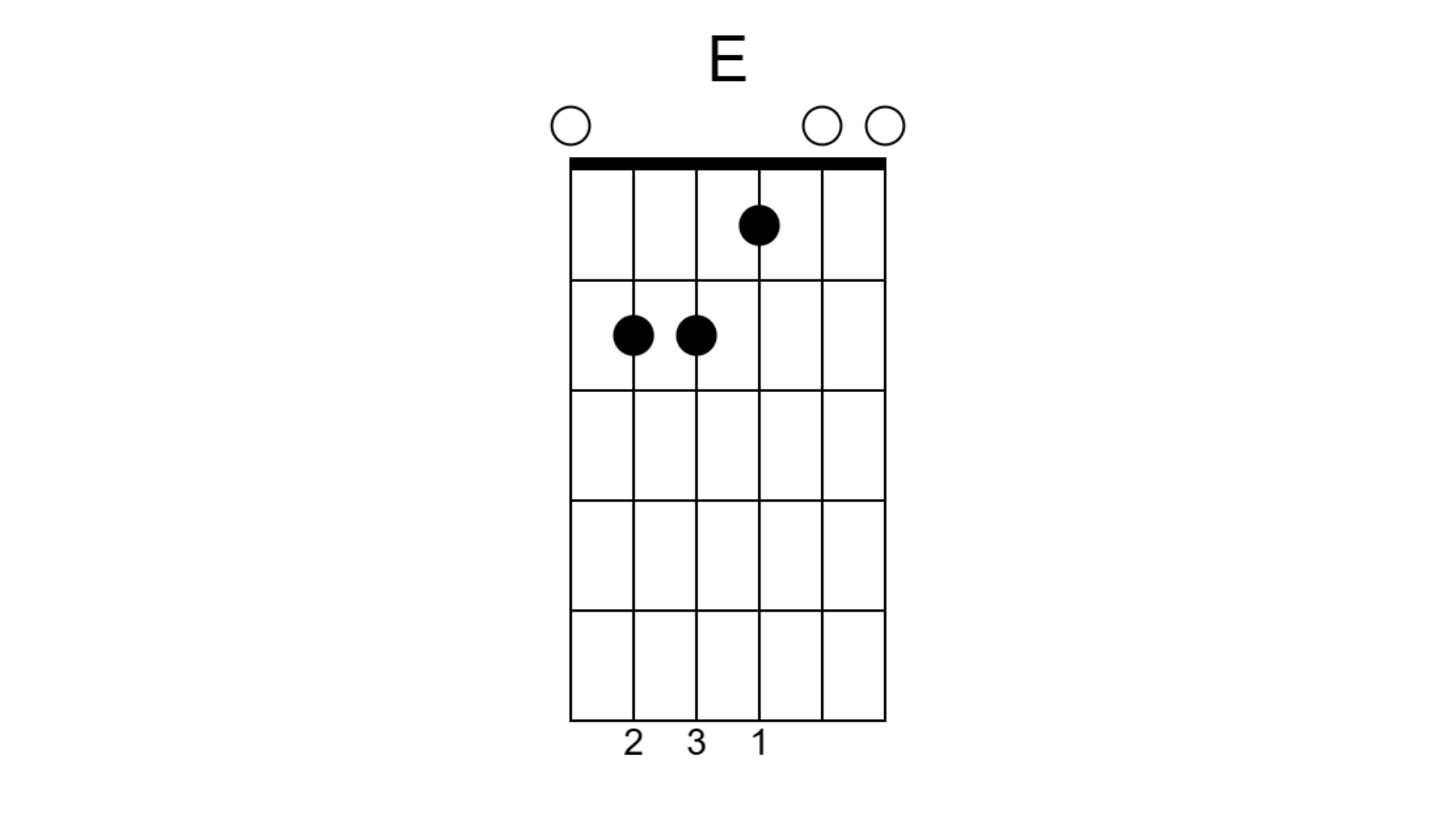


It highlights the importance of what you play in a progression that creates a different feeling
Even though this song uses the exact same intervallic progression as the previous song, it highlights the importance of what you play in a progression that creates a different feeling. The first song has a little more space giving it what more anthemic feeling. This song is a little faster paced which gives it more of a driving pop feel.
The same progressions can be played in different tempos and styles to shift the mood of the song
Back to December – 1 6 4 5 progression
This song has is more of a ballad feeling progression and is in the key of D major:
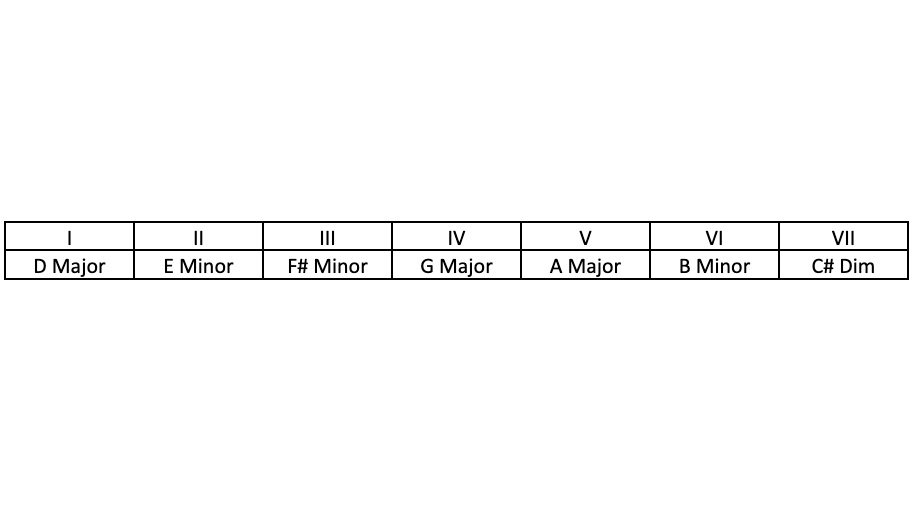
The chords used in this progression from the verse of the song are:

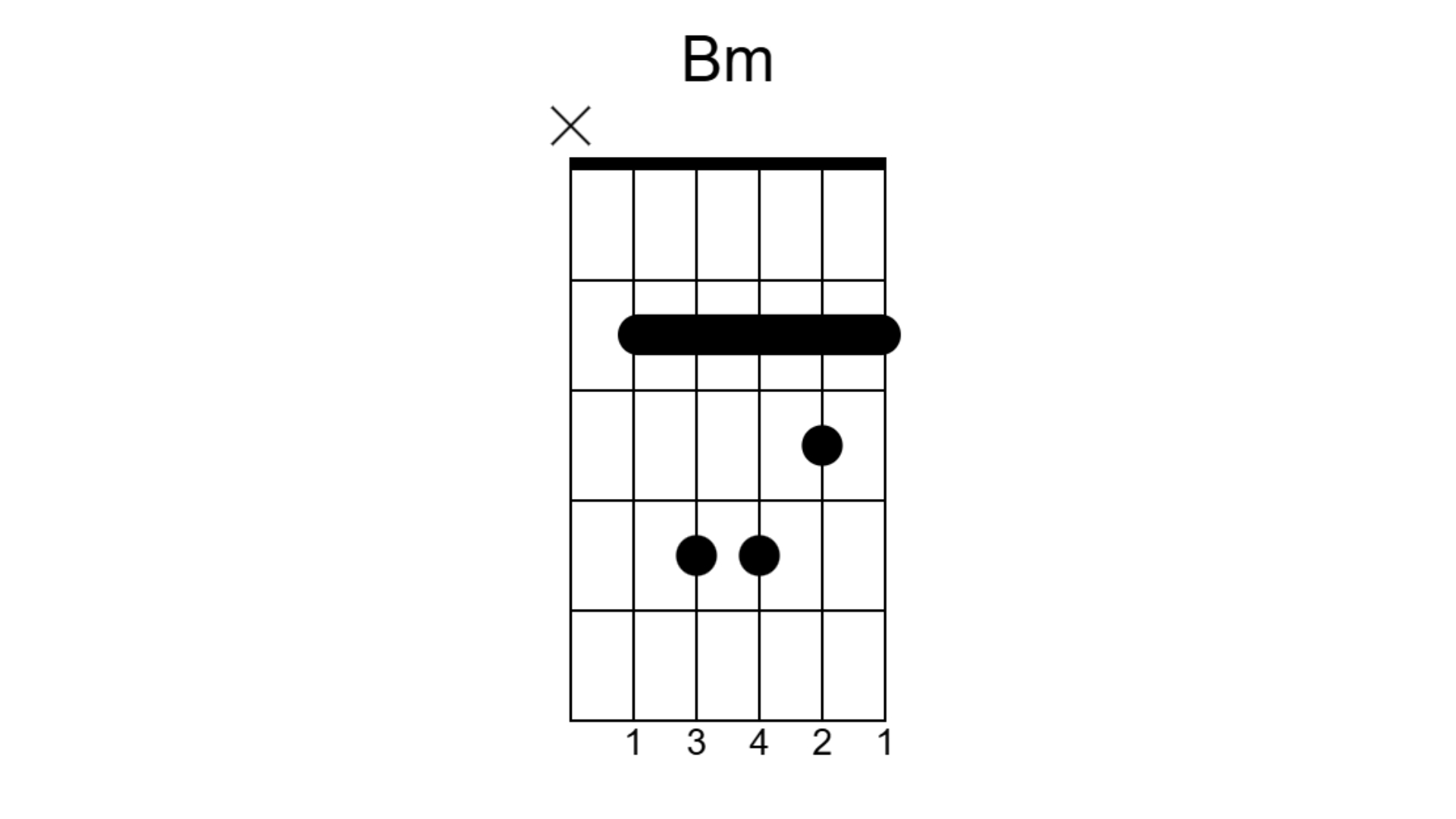


The first thing you might notice is that this song uses the same four chords as the previous songs, but reshuffled to a different order.
The first thing to notice is the movement from the 1 chord gives us the key, to the 6 chord which is a minor. This creates a very different feeling than what we heard in the previous movements.
This movement, although the song is a major key, makes it feel a little more like a ballad-style progression.
This is known as a perfect cadence and is used in countless mega-hits
In the final bar of this progression there is also a return to the 1 chord briefly before going to the 5. When the progression ends on the 5 chord, it turns around back to the 1 again for the next bar. This is known as a perfect cadence and is used in countless mega-hits.
This is one of the most familiar resolutions and also one of the most pleasing-sounding. It gives the listener a sense of closure and ending in a progression
Cruel Summer – 1 3 6 4 Progression
The song Cruel Summer uses a slightly different progression which gives it more of a singer-songwriter feeling. This is in the key of G Major:

This chords used in this song are:




In this track, the 5 chord has been removed but this one also contains a 3 chord. The lack of the 5 chord in the progression means you don’t get that perfect cadence resolution, which means the progression will always have a slight tension or unresolved feel to it. This is great for setting the scene for a more moody song.
Even though the song doesn’t have that complete resolution we expect, it does end on a 4 chord which resolves back to the 1. This is known as a Plagal Cadence. It's the same movement featured in the first track we talked about, and is the technique used a lot in Western worship music to create that uplifting feel.
August – 1 4 2 5 progression
This final progression has a more country ballad-style feel and uses a 2 chord in place of a 6 chord from previous progressions. This one is in the key of D Major:
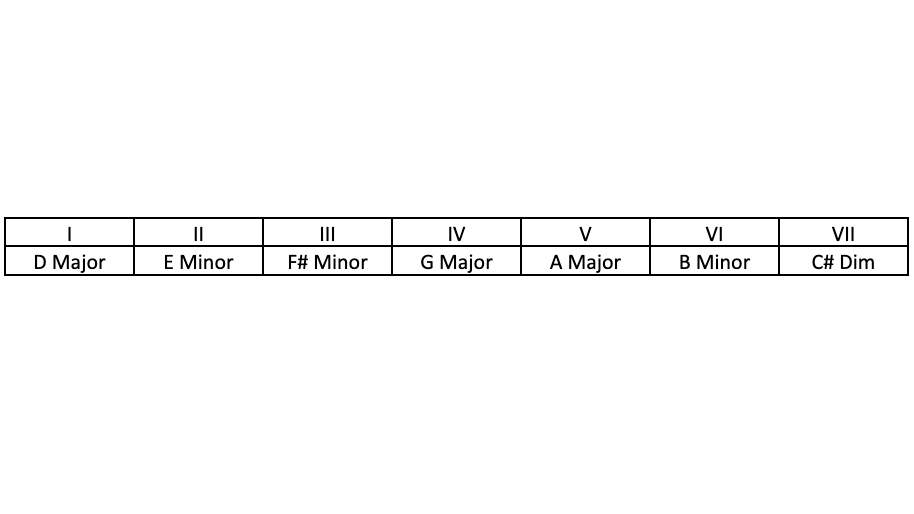
The chords used in this song are:




This progression has a few interesting things to take note of. Inside this progression is the familiar 1 4 5 that we’ve talked about a few times, this is the blues progression, and can make a track sound and feel familiar to us.
The other thing is the use of the 2 chord instead of the 6. This minor chord on the 2 makes it feel less like a pop ballad progression and leans more into Taylors early country influences. The 2 chord was used a lot in Jazz and more traditional music styles. It’s not often found in mainstream pop songs.
This progression also ends on the 5 chord which means we get that complete resolution at the end with the perfect cadence that takes us back to the 1 and gives the progression a completed feel.
Key points to takeaway
This lesson has raised a few points that are worth taking away and keeping in mind when you’re writing a song. It doesn’t matter if you’re a beginner guitar player trying to write your first song, or if you’re an advanced player looking to craft a chart-worthy pop hit, this approach will still be relevant.
The first major takeaway is that great songs don’t need to be jam-packed full of complex chords
The first major takeaway is that great songs don’t need to be jam-packed full of complex chords. Those chords have their place in music, but if you’re trying to write a catchy, pop song then sometimes sticking to the basics is better than overloading the song with harmonic information.
The other big lesson is that our chord progressions are very important. The choice of chords and the order you place them can play a big part in how that song feels. This means we can write songs that people feel are familiar or recognizable without even having heard them. If you break down the progressions of other big hits, you’ll probably find lots of similarities in their approaches to progressions too.
Leigh Fuge is a guitar player and content creator with a love for all things '80s. When he’s not creating gear demos for his Youtube channel he’s teaching students via his online guitar course Right Notes Music Tuition. Off camera he spends most of his time travelling around the UK performing at functions and corporate events. www.instagram.com/leighfugeguitar
